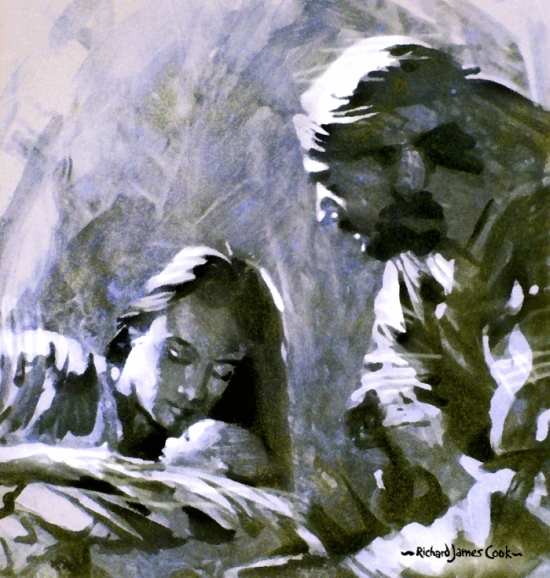711. She cried out travailing and pained to bring forth, signifies non-reception by those in the church who are natural and sensual, and their resistance. This is evident from the signification of "to cry out, travailing," and "to be pained to bring forth," when this has reference to the nascent doctrine of truth from celestial love, which is meant by "the male" that the woman brought forth, as being non-reception thereof, and also resistance; it is by those in the church who are natural and sensual, because such are meant by "the dragon" treated of in what follows. That "to travail" and "to bring forth" mean to be in labor over and to bring forth such things as belong to the church, here to the doctrine of truth and good, can be seen from what has been shown in the preceding article about the womb, and the opening of it, and birth, also from what is said about bringing forth in the rest of this chapter. In the meantime it may be mentioned that "the male" which the woman brought forth means the doctrine of the New Jerusalem which has been given by the Lord out of heaven; that the dragons then stood around and vehemently and strenuously opposed, and this even to the crying out and torment of those who favored that doctrine, I can testify; which shows that those who are like them in the world will also oppose to prevent this doctrine from being received. Who these are will be told in what follows, where "the dragon and the beasts" are treated of. But what in particular is signified elsewhere in the Word by "to cry out travailing" and "to be pained to bring forth" can be seen below n. 721, where the signification of "travailing" and "bringing forth" is explained.








